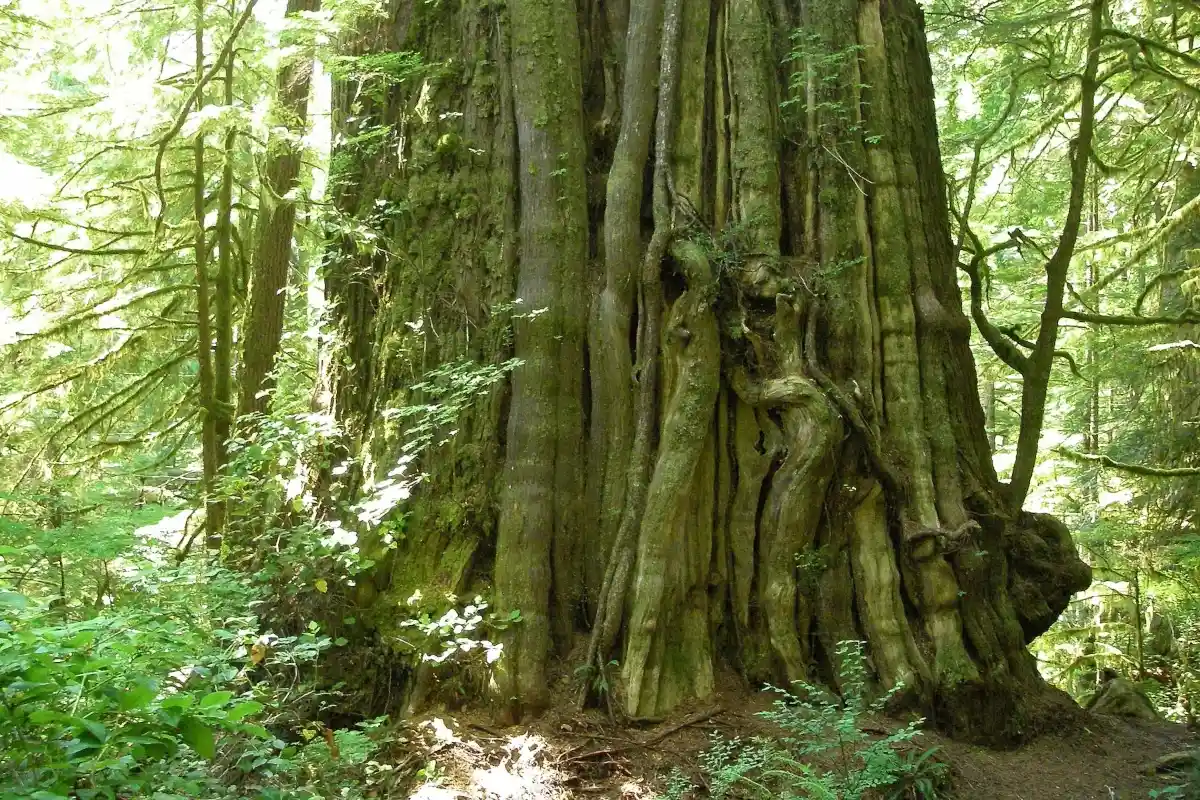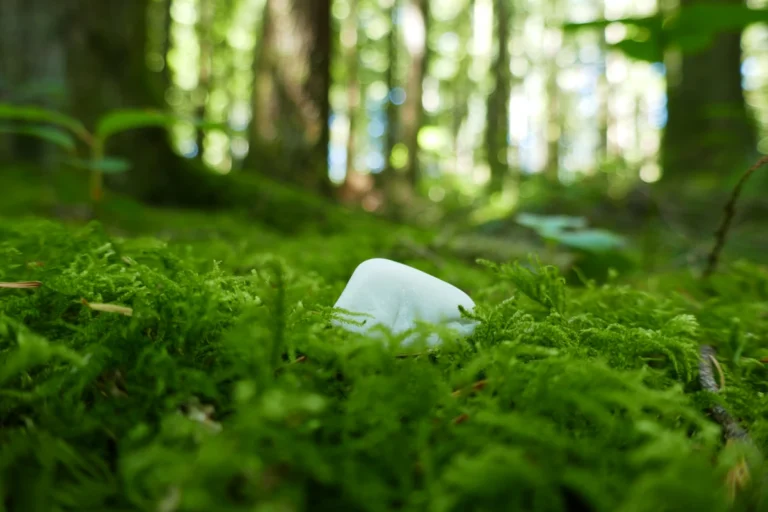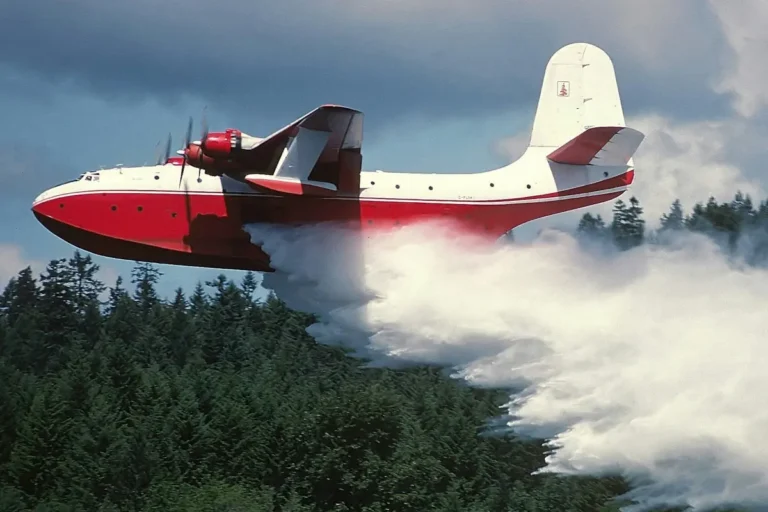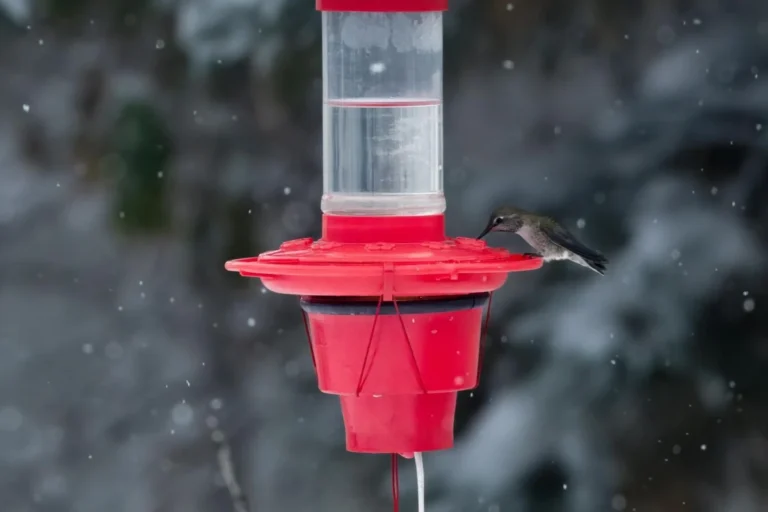British Columbia’s Famous Trees: From Icons to Hidden Giants
Years ago, the city of Melbourne, Australia, gave email addresses to its trees so that people could report on their condition. To their surprise and amusement, people also started writing to their favourite trees about how fond they were of them. You see, we all have favourite trees, whether we know it or not. It might be that nicely-shaped one that you pass along the highway that your eyes can’t help but find every time, or it might be a gnarled old birch in your neighbour’s yard, but you can guarantee that there’s a beloved tree in your life.
Our beautiful province is full of trees, a handful of them more famous than the rest. Tucked away on islands and remote places are the big trees of BC, some known to only a few, while others emerge as icons, named and celebrated. Still others attract visitors not because of their size but instead because of their uniqueness and beauty. British Columbia’s most famous trees come in many forms. What they all have in common is their power to inspire us and connect us to the province we call home.
Cathedral Grove
For those unwilling or unable to trek deep into remote areas, Cathedral Grove is an easily accessible stand of old growth forest located between Parksville and Port Alberni. Bisected by the highway, MacMillan Provincial Park protects a small piece of ancient forest with some trees within it being over 800 years old. A tourist destination for over a century, this parcel of land was donated by forester H.R. MacMillan and made into a provincial park in 1944.
Cheewhat Giant

The largest known tree in Canada is a western red cedar called the Cheewhat Giant, located inside Pacific Rim National Park near Nitinat Lake, in the traditional territory of the Ditidaht Nation. Reaching the Cheewhat Giant is an adventure into Vancouver Island’s backcountry, down rough forest service roads to a short but rough trail that winds past several other fallen giants. This stunning old-growth forest is as awe-inspiring as the tree itself, a last relic of an ecosystem that is becoming more and more scarce.
Fairy Lake Hemlock
Near Port Renfrew lies a small, charming little western hemlock tree growing out of a deadhead protruding from Fairy Lake. It’s easy to find, even viewable from Google Street View along the Pacific Marine Road. In the forest, fallen trees become nurse logs for younger trees, who sprout up from them and obtain nutrients from the rotting wood. In this way the Fairy Lake tree is quite normal, but its quaintness comes from the fact that its nurse log is in the middle of a lake, thus marooning it and providing an alluring subject for photographers.
Big Lonely Doug
Also near Port Renfrew is Big Lonely Doug, a large Douglas fir tree standing alone in a cutblock among the stumps of its former brethren. At around 1000 years old, it’s the second largest Douglas fir tree in Canada and was spared from logging in 2011. Big Lonely Doug has inspired a book, articles, and conservation efforts, becoming a symbol of what has been lost and what can still be saved. See the Ancient Forest Alliance’s big tree map for information on how to visit Big Lonely Doug and other iconic trees in the Port Renfrew area.
Red Creek Fir
Not far from Big Lonely Doug lies Canada’s largest known Douglas fir, the Red Creek Fir. Its record-breaking size is due to volume rather than height, as the tree has had its top broken off several times during its estimated 1,000-year lifespan. For directions on how to visit, see Big Lonely Doug’s section above.

Avatar Grove

The Port Renfrew area is a hot spot for big trees. Avatar Grove was discovered in 2009 and was saved from logging by a grassroots campaign led by the Ancient Forest Alliance. Now must-see destination for big tree lovers, this grove of cedars is unique not just because of the old growth forest, but because one of its cedars is quite gnarly. Avatar Grove has been “temporarily” closed since 2022. For more updates and how to help advocate for its reopening, see the Ancient Forest Alliance.
Carmanah Giant
Though not as well known due to its inaccessibility, the Carmanah Giant, a Sitka spruce, is the tallest tree in Canada. Protected within the borders of Carmanah Walbran Provincial Park, attempting to reach this tree is not recommended due to its remote location. There are no trails to the Carmanah Giant, and it stands as it should be: in the forest, undisturbed.
Carmanah Walbran Provincial Park
The Carmanah Valley was spared from logging through a grassroots campaign led by environmentalist Randy Stoltmann. It was made a provincial park in 1990, with the adjacent Walbran Valley added in 1995. This stunning tract of old growth forest contains many large trees and is well worth a visit if you can get there. Due to budget cuts, the park is currently unstaffed and many of the boardwalk trails have fallen into disrepair. As of late 2024, the access road to the Carmanah side has been blocked by landslides; however the Walbran Valley remains accessible. See Friends of Carmanah Walbran for details.

Mt Frosty Larches

While the golden needles of the autumn larch are a more common sight in the eastern reaches of the province, one grove lives on a small plateau on the slopes of Mt. Frosty in E.C. Manning Provincial Park. For just a few weeks every autumn, Manning Park’s larch grove attracts thousands of hikers. Against snow, sky, or alpine green, the golden larches are like a living fairy tale. Want to know when to visit the larches? Keep an eye out for fall updates on Facebook at Manning Park Resort or Chilliwack BC Hiking Club.
The Inland Rainforest and Parthenon Grove
Far inland from the coast lies another rainforest scattered in valley bottoms in a band stretching from Prince George south into the USA. Lesser known but just as remarkable, one of its remnants is Parthenon Grove, in the Robson Valley, southeast of Prince George. This 10-kilometre stretch of rainforest can be reached via forest service roads, but lacks any formal trails, signage, or established map of its exact location. While parts of it are protected as Old Growth Management Areas, other parts remain vulnerable.




